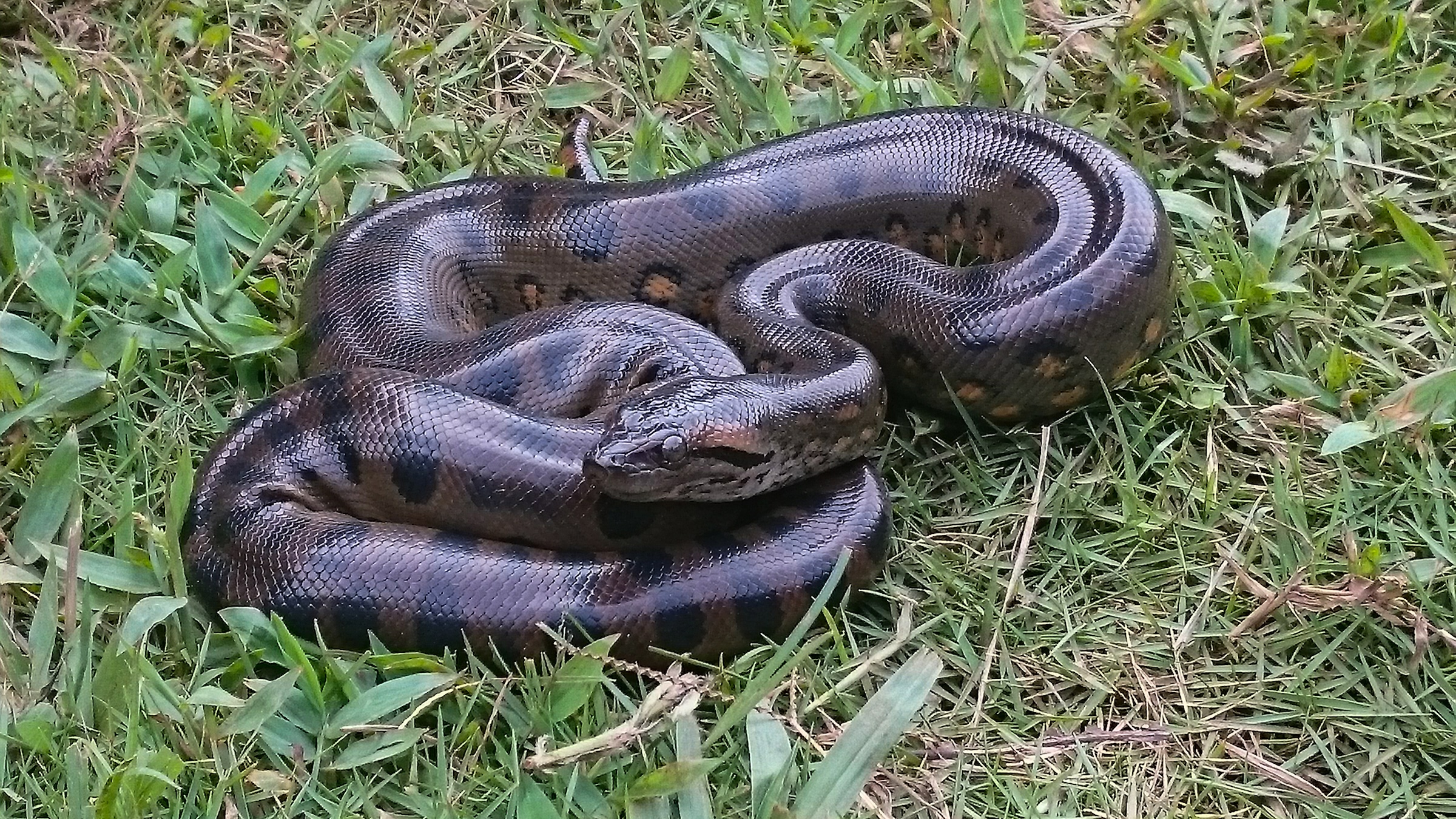10 Animals That Use Tools

Scientists once thought of tool use as a defining feature of humans, but increasingly research is showing adept tool users on land, air and sea in the animal kingdom. Investigating how such behavior developed in this diverse mix promises to shed light on how tool use might have originated in humanity.
Chimpanzees
Chimpanzees are humanity's closest living relatives, and apparently learned how to make and use tools long ago without human help, with stone hammers found at a chimp settlement in the Ivory Coast dating back 4,300 years. They are even capable of making spears to hunt other primates for meat, and are known to have developed specialized tool kits for foraging army ants.
Crows
Increasingly, scientists find that crows and their relatives have exceptional birdbrains, proving extraordinarily adept at crafting twigs, leaves and even their own feathers into tools. Researchers have even discovered that crows might learn to drop stones in pitchers to raise the height of water inside, just like in Aesop's fable.
Orangutans
Orangutans in the wild have developed and passed along a way to make improvised whistles from bundles of leaves, which they use to help ward off predators. This apparently marks the first time an animal has been known to use a tool to help it communicate, and is mounting evidence that culture — defined as knowledge passed from one generation to the next — isn't something unique to us humans.
Get the world’s most fascinating discoveries delivered straight to your inbox.
Elephants
Elephants are among the most intelligent animals in the world, with brains larger than those of any other land animal. Anecdotes suggest they can intentionally drop logs or rocks on electric fences to short them out and plug up water holes with balls of chewed bark to keep other animals from drinking them away. Asian elephants are even known to systematically modify branches to swat at flies, breaking them down to ideal lengths for attacking the insects.
Dolphins
Dolphins are renowned as brainiacs of the seas, and scientists recently discovered they can be tool-using workaholics as well. A group of bottlenose dolphins in Shark Bay, Australia, carries marine sponges in their beaks to stir ocean-bottom sand and uncover prey, spending more time hunting with tools than any animal besides humans.
Sea Otters
Sea otters, the largest members of the weasel family, use stones to hammer abalone shells off the rocks and crack the hard shells of prey open, making them the only known tool-using marine mammal for decades, until dolphins came along.
Gorillas
Gorillas aren't just extraordinarily strong — roughly 10 times stronger than a full-grown man — but they possess brains as well. Wild gorillas are known to use branches as walking sticks to test water depth and trunks from shrubs as makeshift bridges to cross deep patches of swamp. While other great apes mostly use tools to help get at food, gorillas apparently use them to help them deal with their surroundings in other ways.
Octopuses
An octopus that uses coconut shells as portable armor is the latest addition to a growing list of tool users in the animal kingdom. The veined octopus apparently can stack coconut shell halves that people discarded just as one might pile bowls, sits atop them, makes its eight arms rigid like stilts, and then ambles the entire heap across the seafloor, using them for shelter later when needed. These new findings are apparently the first reported instance of an invertebrate that acquires tools for later use.
Macaques
Macaques living near a Buddhist shrine in Lopburi, Thailand, are known to pull out hair from visitors to use as floss to clean their mouths. Females even slow down and exaggerate their motions when they notice their young watching them jerking hair back and forth between their teeth, suggesting education is a very ancient trait in the primate lineage.
Rodents
Even rodents can be taught how to use tools. Degus — small rodents closely related to chinchillas — can be taught how to use rakes to obtain food.

